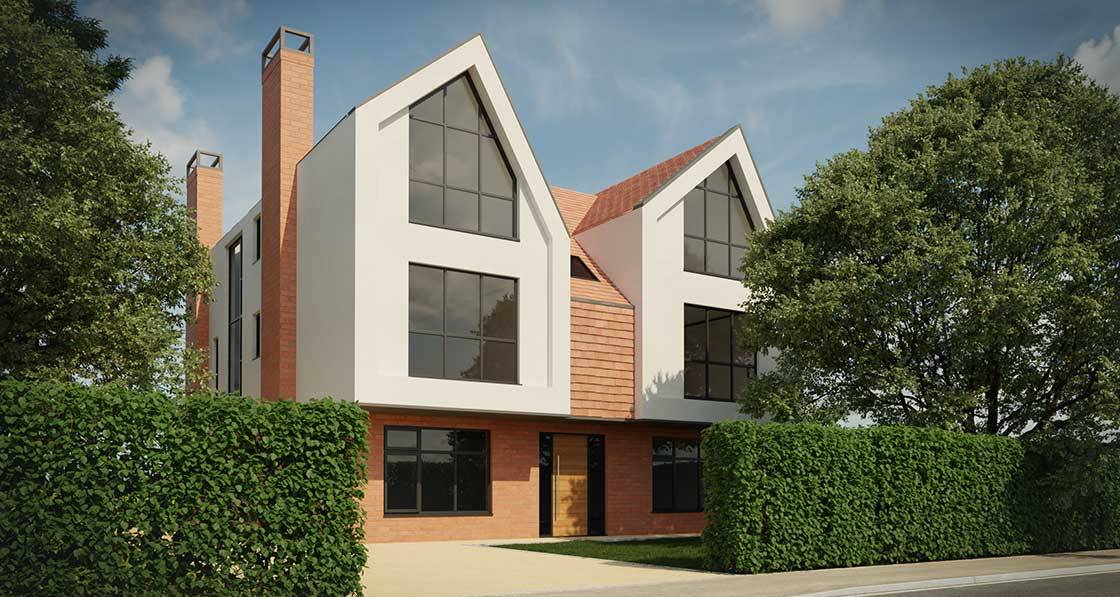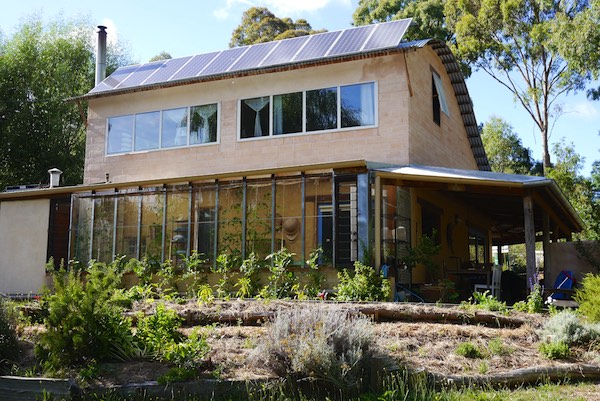Understanding and implementing passive cooling techniques can significantly reduce energy consumption and costs in your home. These methods utilize natural resources such as wind and sunlight to cool your home, reducing reliance on artificial cooling systems. This guide will explore several effective passive cooling techniques and how you can incorporate them into your home design.
Before we delve into the specifics, you might find it useful to understand the broader context of passive house design. You can learn more about this in our article on passive house design workflow.
Understanding Natural Ventilation
Natural ventilation is one of the most effective passive cooling methods. It involves designing your home in a way that promotes the flow of air, reducing the need for mechanical cooling systems. This can be achieved by strategically placing windows and vents to take advantage of wind direction and pressure differences.
Benefiting from Thermal Mass
Thermal mass refers to materials that can store heat and slowly release it over time. Using these materials in your home can help maintain a comfortable temperature by absorbing heat during the day and releasing it at night when the temperature drops.
Shading and Reflective Surfaces
Shading your home from direct sunlight can significantly reduce heat gain. This can be achieved through landscaping, awnings, and other shading devices. Additionally, using reflective surfaces on roofs and walls can help deflect sunlight and reduce heat absorption.
For more information on passive house design, you can visit this descriptive anchor text.
Conclusion
Passive cooling techniques offer an eco-friendly and cost-effective way to keep your home comfortable. By understanding and implementing these methods, you can reduce your energy consumption and contribute to a more sustainable future. If you’re interested in tracking shading in your home, you can track shading via solar cam. Additionally, you can learn how to cool efficiently using sunlight.






